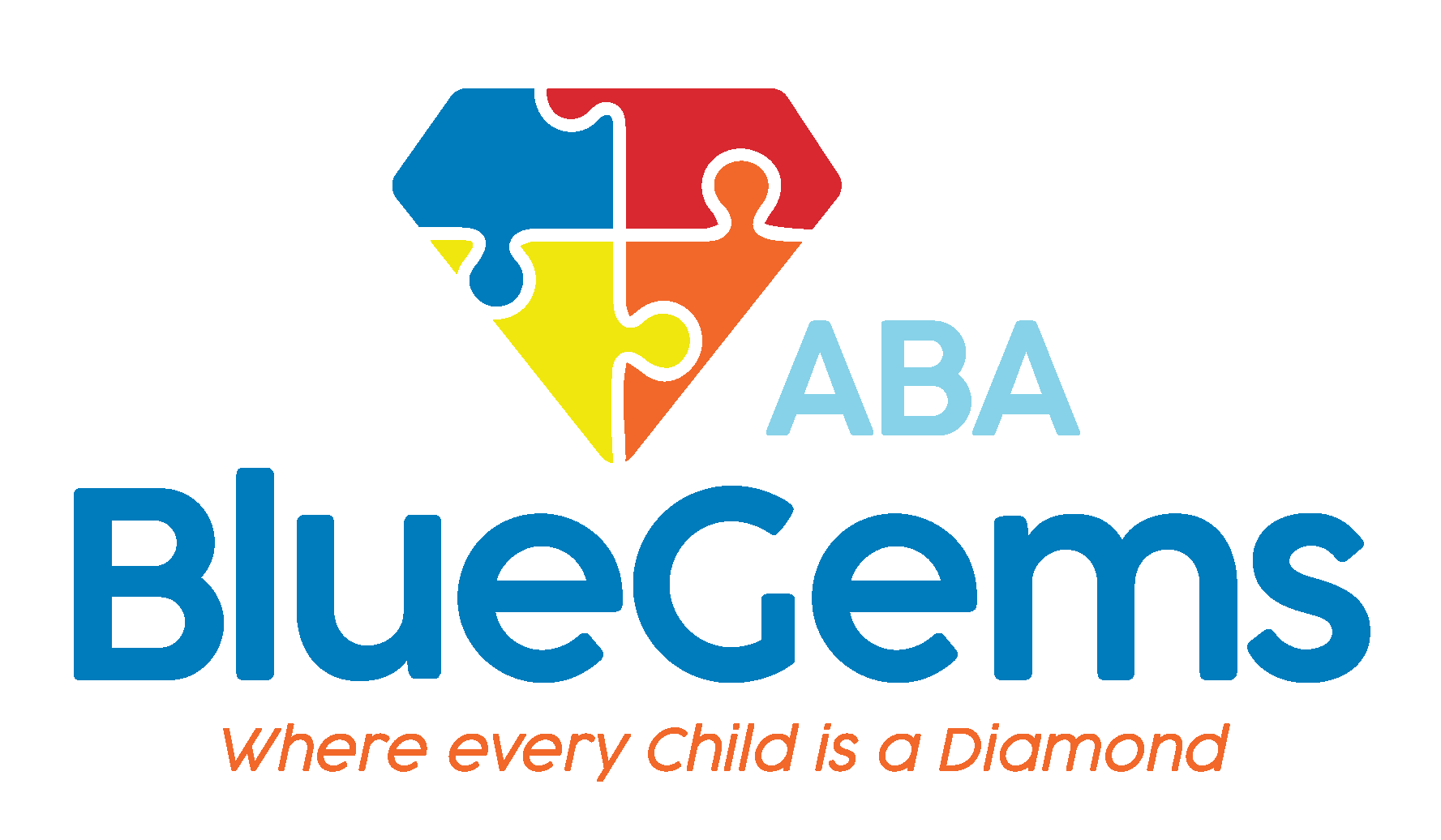What is Autism Spectrum Disorder (ASD)?
Autism spectrum disorder, or ASD, is not just one specific condition but rather a wide range of conditions that are characterized by some of the same signs and symptoms. The developmental disorder, which is typically diagnosed when children are young, is associated with challenges with communication — both nonverbal and verbal — repetitive behaviors and social skills.
ASD is a life-long disorder, though there are varying degrees of severity. Every individual is unique, and every case of autism is unique as well.
While autism can look a lot different in one child than it does in another, there are some common signs that parents, caregivers and doctors can look for at a very early age. Then, if a diagnosis of ASD is given, trained professionals can administer proven treatments such as applied behavioral analysis, or ABA therapy, to help these children build the skills they need to succeed in life.
Let’s take a closer look at what autism spectrum disorder is below.
Table Of Contents
What Does Autism Spectrum Disorder Encompass?
In 2013, the American Psychiatric Association began referring to autism as autism spectrum disorder. Today, ASD is a term that’s used to describe five different but similar conditions. Those conditions include …
- Asperger’s syndrome: Classified as level 1 ASD, it’s sometimes referred to as “high-functioning autism.” 1
- Rett syndrome: This rare disorder that affects girls mostly is usually noticed in infancy.
- Childhood disintegrative disorder (CDD): Sometimes referred to as disintegrative psychosis or Heller’s syndrome, CDD involves problems with social function, motor skills and language that first appear around age 3, after seemingly developing normal up until that point.
- Kanner’s syndrome: This is sometimes referred to as “classic autism.” Children diagnosed with it appear alert and intelligent but have the underlying characteristics of autism.
- Pervasive developmental disorder-not otherwise specified (PDD-NOS): This is another mild form of autism, in which children might present a wide range of different symptoms.
Regardless of what type of autism a child is diagnosed with, those in the medical and related professional field will simply refer to it as ASD today.
When is Autism Spectrum Disorder Diagnosed?
Doctors and clinical psychologists are getting much better at diagnosing cases of ASD. That’s at least primarily why the 2 prevalence of autism has been on the rise in recent years, with the U.S. Centers for Disease Control and Prevention reporting that one in 36 children in America are diagnosed with it.
Autism can be diagnosed3 at an early age, though the average ASD diagnosis comes at the age of 5. Some of the signs of autism can be spotted as early as 2 or 3 years old, though.
This is why pediatricians will consistently check at each well visit whether their patients are hitting early developmental milestones. It’s also key for parents, caregivers and others who spend time with young children to look out for the possible signs and whether the children are hitting the milestones they should be.
Clinical psychologists and other trained professionals diagnose ASD through a variety of means, including the widely accepted DSM-5 test.
Can Autism Spectrum Disorder Be Cured?
Autism is not a disease that can be cured. It’s a developmental disorder that affects those who are diagnosed with it. That being said, there are many different treatments that can be administered to children on the autism spectrum.
One of the most effective treatments is called ABA therapy. This proven treatment takes a science-based approach to helping children learn the social and communication skills they need to succeed in life.
It works by using the principles of behavioral change and repetition, helping children learn everything from basic everyday skills to how to communicate better and feel less anxious in social situations.
Because ASD can present in so many different ways, it’s important that the treatment plan can be adjusted to meet each child’s needs. And that’s another major reason why ABA therapy is a leading treatment.
ABA therapy can be customized to meet each child’s individual needs, and adjusted over time based on how the child is progressing. ABA therapists will work with children on a one-on-one basis to help them build the specific skills that they need to work on.
In addition, the therapists work with family members, caregivers and other people who are with the child to teach them how to administer the therapy outside of sessions. This ensures that the principles that are taught in sessions carry over to real-world situations after the sessions are over.
Get the Best ABA Therapy at Blue Gems ABA
There are many disorders that fit under the umbrella of autism spectrum disorder (ASD). And while many of the signs and symptoms of each are similar, they can be very different in different children, too.
That’s why it’s important to have a treatment plan like ABA therapy that can be highly customizable and personalized to each child who is diagnosed with ASD.
At Blue Gems ABA, we have a team of trained and licensed BCBAs who work with children with ASD every day, helping them to build the social and communication skills they need to succeed in life.
For more information, please contact us today.




